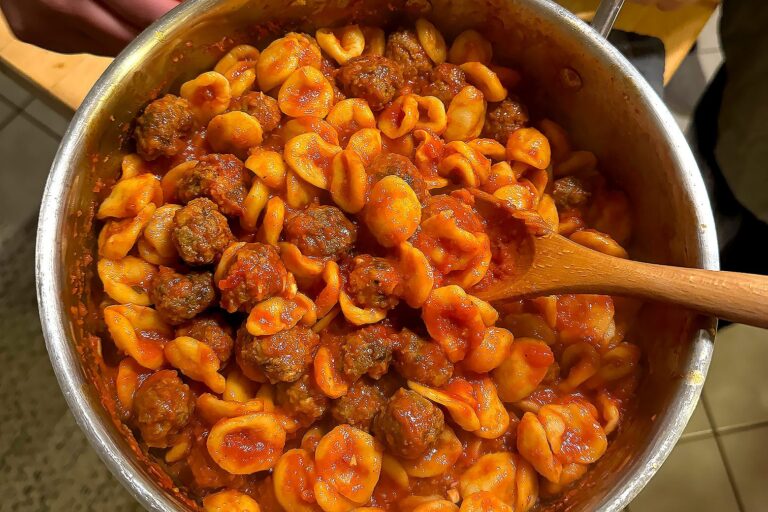High-Intensity Exercise Reduces Hunger, Study Reveals Benefits
High-Intensity Exercise: A Natural Hunger Suppressant
When it comes to weight management, the battle between craving and discipline can feel like an uphill climb. Imagine embarking on a high-intensity workout only to find your appetite seemingly gone, like a magician’s vanishing act. Surprised? You’re not alone! Recent research suggests that high-intensity exercise might just be the secret weapon you didn’t know you needed to help control those pesky hunger pangs. Let’s dive deep into how this form of exercise can impact your appetite, the science behind it, and what it means for your overall health and wellness.
What is High-Intensity Exercise?
High-intensity exercise, or HIIT (High-Intensity Interval Training), is all about pushing your body to its limits in short bursts. Think of it as a sprint for your muscles instead of a leisurely jog. Instead of grinding away on a treadmill for an hour, you surge through intensive sets of movements—alternating between all-out effort and recovery. This hack not only saves time but also packs a powerful punch in terms of calorie burning.
The Workout Breakdown
Wondering what a HIIT session looks like? Here’s a simple breakdown:
-
Warm-Up: Start with a light warm-up to get your heart rate up (about 5-10 minutes).
-
Intensity Intervals: Choose exercises like burpees, squats, or sprints, and do them at maximum effort for about 20-30 seconds followed by a rest period of the same length or slightly longer.
-
Cool Down: Gradually bring your heart rate down with stretching or slower movements (about 5-10 minutes).
This workout isn’t just an efficient way to burn fat; it also has potential benefits for your appetite regulation.
The Mind-Blowing Connection: HIIT and Hunger
You might be thinking, “Okay, so HIIT is great and all, but how exactly does it reduce my hunger?” Let’s flip the pages to some intriguing findings from recent studies. Researchers have noticed that after engaging in high-intensity activities, there’s a marked change in various hormones, particularly ghrelin and peptide YY.
Meet Your Hunger Hormones
-
Ghrelin: Often dubbed the “hunger hormone,” it signals your brain that it’s time to eat. Increased levels can leave you feeling ravenous.
-
Peptide YY: This one’s the opposite—it’s a hormone that sends signals of fullness. Higher levels help curb those cravings.
In essence, when you push your body through intense workouts, your ghrelin levels may drop, while peptide YY levels increase. Imagine a dimmer switch; after that adrenaline spike, you feel less inclined to reach for that snack cabinet as your appetite dims.
The Science Behind the Sweat
Research published in reputable journals has revealed that HIIT not only improves your cardiovascular fitness but also alters your hunger signals. Here’s a summary of how it works:
-
Intensity Triggers Hormonal Response: The elevated heart rate and increased metabolic processes signal your body to adjust these hormones.
-
Post-Exercise Euphoria: You know that blissful feeling post-workout? It’s real! This surge in endorphins can also play a role in reducing the desire to eat.
-
Caloric Deficit: If you’re burning more calories during HIIT than you consume, your body may not have the urge to replenish those calories immediately.
Benefits Beyond Hunger Control
While the appetite-suppressing quality of HIIT is noteworthy, the benefits stretch far beyond just hunger. Here’s what else you can expect:
-
Efficient Fat Loss: Studies show that high-intensity workouts can lead to higher fat loss compared to steady-state cardio.
-
Improved Metabolic Rate: HIIT can elevate your metabolic rate for hours after the workout, causing you to burn more calories even while resting.
-
Enhanced Cardiovascular Health: Regular HIIT can boost your heart and lung capacity, making everyday tasks feel easier.
- Increased Muscle Retention: While some forms of cardio can lead to muscle loss, HIIT helps maintain and build muscle mass. Think of it as preserving your body’s lean machine!
How to Incorporate HIIT into Your Routine
Now that you’re pumped up about the prospect of HIIT and its appetite-suppressing benefits, you might be wondering how to fit it into your routine. Here are some tips:
-
Start Slowly: If you’re new to high-intensity workouts, it’s essential to ease into it. Start with shorter intervals and gradually increase your effort.
-
Mix it Up: To keep things interesting, incorporate various exercises. Try cycling one day, running the next, and maybe a strength training session the following!
-
Stick to a Schedule: Consistency is key—aim for 2-3 HIIT sessions per week, allowing recovery days in between.
- Listen to Your Body: Pay attention to how you feel during and after workouts. If your body isn’t ready for more, it’s entirely okay to take a step back.
Debunking Myths: The Truth About HIIT and Hunger
For every trend, there are misconceptions. It’s time to tackle a few common myths about HIIT and hunger management:
-
HIIT Makes You Eat More: Some people worry they’ll overcompensate after a workout. The key is mindful eating—listen to your body’s cues and maintain a balanced diet.
-
High-Intensity Workouts Are for Everyone: While HIIT can be tailored to different fitness levels, it’s important to consult a professional if you’re unsure of your limits.
-
You Can Only HIIT in a Gym: Nope! The beauty of HIIT is that it can be done anywhere—parks, living rooms, or even in your office.
Conclusion
There you have it—a comprehensive look at how high-intensity exercise can help reduce appetite while offering a wealth of health benefits. Just like associating a good workout with a rewarding snack, you can build a relationship with exercise that feels great and helps you stay healthy. So, lace up those sneakers and dive into the adrenaline of HIIT; your body (and perhaps your cravings) will thank you!
FAQs
1. How often should I do HIIT workouts to manage my appetite effectively?
Aim for 2-3 times a week, balancing your routine with other low-intensity exercises for optimal results.
2. Can HIIT help with weight loss in the long term?
Absolutely! HIIT boosts your metabolic rate and promotes fat loss, especially when combined with a healthy diet.
3. Is it normal to feel hungrier after a workout?
While some may experience increased hunger, high-intensity workouts often lead to decreased appetite. Focus on nourishing your body in moderation.
4. Can beginners safely perform HIIT exercises?
Yes! Beginners should start slow and focus on bodyweight exercises before progressing to higher intensity levels.
5. What’s the best time of day to do HIIT workouts?
It’s entirely up to your schedule and preferences; find a time that feels right for you and stick to it for consistency!







